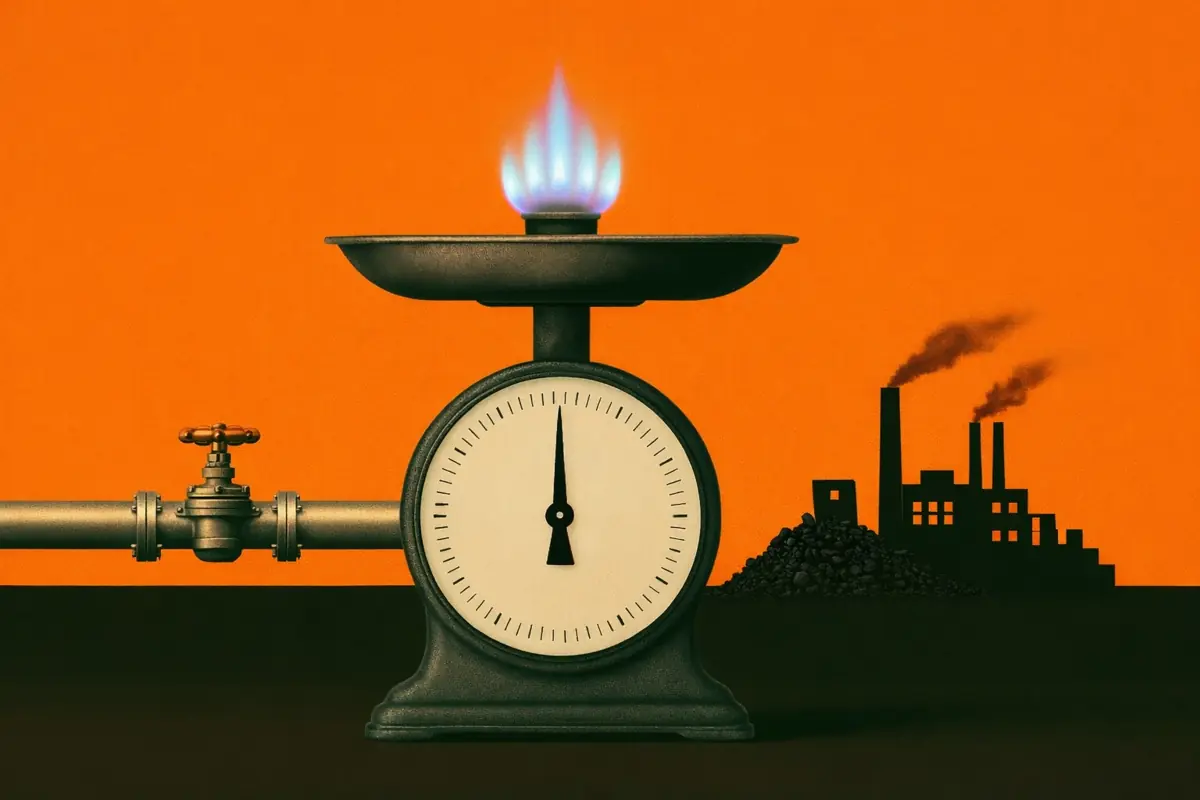Dynamic Containment Low: what’s setting post-saturation prices?
Dynamic Containment Low: what’s setting post-saturation prices?
Dynamic Containment is now fully saturated - particularly the low-frequency service. So, why hasn’t the clearing price dropped to zero?
In this article, we look at what was setting the price before the market was saturated - and what sets the price now.
Spoiler alert!
- Saturation has led to a drop-off in prices. However, the average clearing price seems to be leveling out at around £5/MW/hr, rather than £0.50-1.50/MW/hr (the cost of providing the service).
- This is because the ‘opportunity cost’ - how much providers think their battery could earn in other markets - is now setting the price.
There are, in essence, two auction strategies:
- Price-making: where participants actively change their bid prices according to the ‘opportunity cost’.
- Price-taking: where participants passively bid a low price to secure a contract at any price.
So, if you’re price-taking in Dynamic Containment Low, do you need to review that strategy?
How saturated is Dynamic Containment Low?
A market is saturated when the volume of capacity bidding to participate in a service exceeds the megawatt requirements of the service.

- Dynamic Containment Low has become increasingly saturated as more battery storage capacity has entered the market. There is more volume bidding for contracts than there are contracts available.
- Since December 2022, there have been no unsaturated auctions in Dynamic Containment Low - we have reached full market saturation.

The data clearly illustrates the effect of saturation. The number of auctions clearing £20/MW/hr or higher has fallen to zero in all EFA blocks aside from EFA 5, which coincides with wholesale peak prices.
Impact on prices
In an unsaturated auction, there is very little competitive pressure on prices. Instead, prices tend to increase towards the maximum price National Grid ESO will pay. Therefore even a few unsaturated auctions can have a big upwards impact on prices for the entire market.

- National Grid ESO still values the service the same, and price caps remain high.
- However, prices in Dynamic Containment Low have fallen 86% since June 2022 - due to saturation.
- While the average clearing price has reached a record low, it is showing signs of flattening out.
But just how low can prices go?
It can cost a battery between £0.50 - £1.50/MW/hr to participate in the Dynamic Containment Low service (read about the energy costs of delivering different Dynamic services here). This represents the lowest price a battery will likely accept to provide this service.
However, the average clearing price in the service is above £1.50/MW/hr. This is because the amount a battery could earn in other markets is now most important in setting the price for the service. This is known as the ‘opportunity cost’.
Wholesale opportunity
Suppose a wholesale price spike creates a lucrative opportunity that could deliver £200/MW/hr in value. If a battery is locked into a Dynamic Contract Low price paying less than £200/MW/hr, then the battery has lost out on this revenue opportunity.
The wholesale market is the biggest ‘other’ market for setting the Dynamic Containment Low price. There are two reasons for this:
- Bidding for wholesale can be done day-ahead, in line with the timings of frequency response bidding. A battery operator can then re-trade the wholesale position if the asset wins a frequency response contract.
- The wholesale market is big - and is the most forecastable of all revenue streams. So it gives battery operators something predictable to price the Dynamic Containment Low service against.
Pricing strategies for Dynamic Containment Low
There are two broad auction strategies.
- Price-making: where participants actively change their bid prices in response to the value they place on the market - to achieve the highest price they think is possible.
- Price-taking: where participants passively bid a low price to secure a contract at any price.
When Dynamic Containment Low prices were high in summer, there was little incentive to devote resources to valuing and bidding the opportunity cost from other markets. In fact, submitting very low ‘price-taking’ bids was a lucrative strategy.
It gave participants the best chance of securing potentially very high-value contracts (as the auction would almost certainly clear well before the price dropped too low).
Participants could couple this with a 1MW ‘hockey stick’ bid to try to push up the price of the auction (read all about this in our article here). And all this could be done with little change in prices day-to-day.
Let’s look at a pre-saturation supply curve:

- 561 MW bid into the auction at £1/MW/hr or less, and 700 MW at £2.50/MW/hr or less.
- At the other end of the supply stack, a series of 1MW bids caused the auction to clear at £80/MW/hr.
- This was well above the wholesale trading opportunity, approximately £3/MW/hr.
Post-saturation
However, in today’s fully-saturated market, this ‘price-taking’ strategy creates a significant risk of being stuck with a Dynamic Containment Low contract at a meagre price - in a period that could otherwise provide higher wholesale trading value.
As a response, the market has shifted significantly. In general, providers have increased the price they will risk contracting.
Let’s look at a post-saturation supply curve:

- Only 107 MW bid in at under £1/MW/hr.
- There is still 320 MW at £1.25/MW/hr or less, but most of the market is now pricing at a higher level.
- This auction cleared at £7/MW/hr - well below the same EFA block on 25th June 2022.
- From wholesale prices on the day, we estimate an opportunity of around £7-8/MW/hr was available within EFA block 5.
Price-takers vs. price-makers
From the examples above, it is clear that the market is not all following the same strategy or actively valuing opportunities at the same level.

- Providers towards the left have much higher variation in bid prices (as well as higher bid prices on average).
- This suggests these providers value the ‘opportunity cost’ more actively when determining the bid price for Dynamic Containment Low.
- Those towards the right-hand side have much lower variation (or even maintain one single bid price). They also have lower prices on average.
- This indicates a willingness to act as a ‘price-taker’ and commit to a Dynamic Containment-only strategy.
It’s worth noting that there is not necessarily a ‘right’ approach to pricing, as there will be different costs associated with each approach for different providers.
What does this mean for auction prices? Who is providing the most value to the market?
We can look at the number of times providers have set the clearing price in the auction to determine their role in setting prices.
However, a pure count doesn’t tell the whole story. By weighting by price, we can determine which providers have provided the most ‘value’ to the market through their bidding strategy.

- Not surprisingly, those on the left of our ‘active-bidding’ spectrum play a more prominent role in setting the price of auctions.
- However, it does not translate directly - this is likely because providers can value the ‘opportunity cost’ differently.
- Remember, those who value wholesale trading more may submit bids that end up exceeding the clearing price - so miss out on contracts (and therefore don’t set the price).
So, what does this all mean?
- We have now reached the full saturation of the UK ancillary services markets. Without any new or additional volume requirement, this is not going away. (We’ll find out if the introduction of Quick Reserve later this year changes things!)
- However, this doesn’t necessarily mean prices will keep falling.
- As long as there is value in other markets (such as wholesale trading or the Balancing Mechanism), and some providers continue to take price-making strategies, this can support prices in Dynamic Containment Low (and other services in the Dynamic frequency suite).
- The data shows that the market is pretty good (and getting better) at valuing the opportunity cost.
- For assets and providers still taking a price-taking approach to Dynamic Containment, now is a good time to review your strategy to see whether it delivers the maximum value to your asset.







